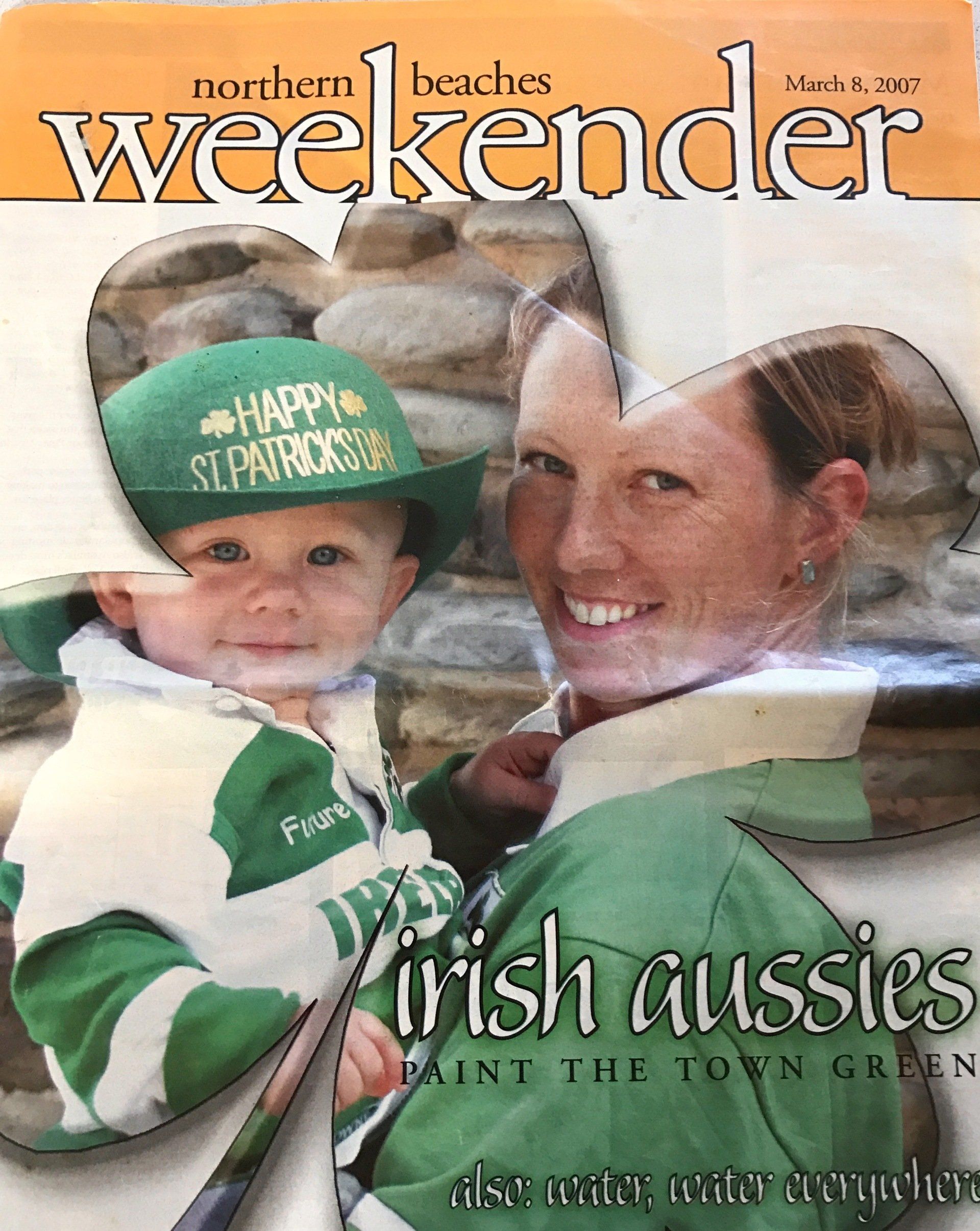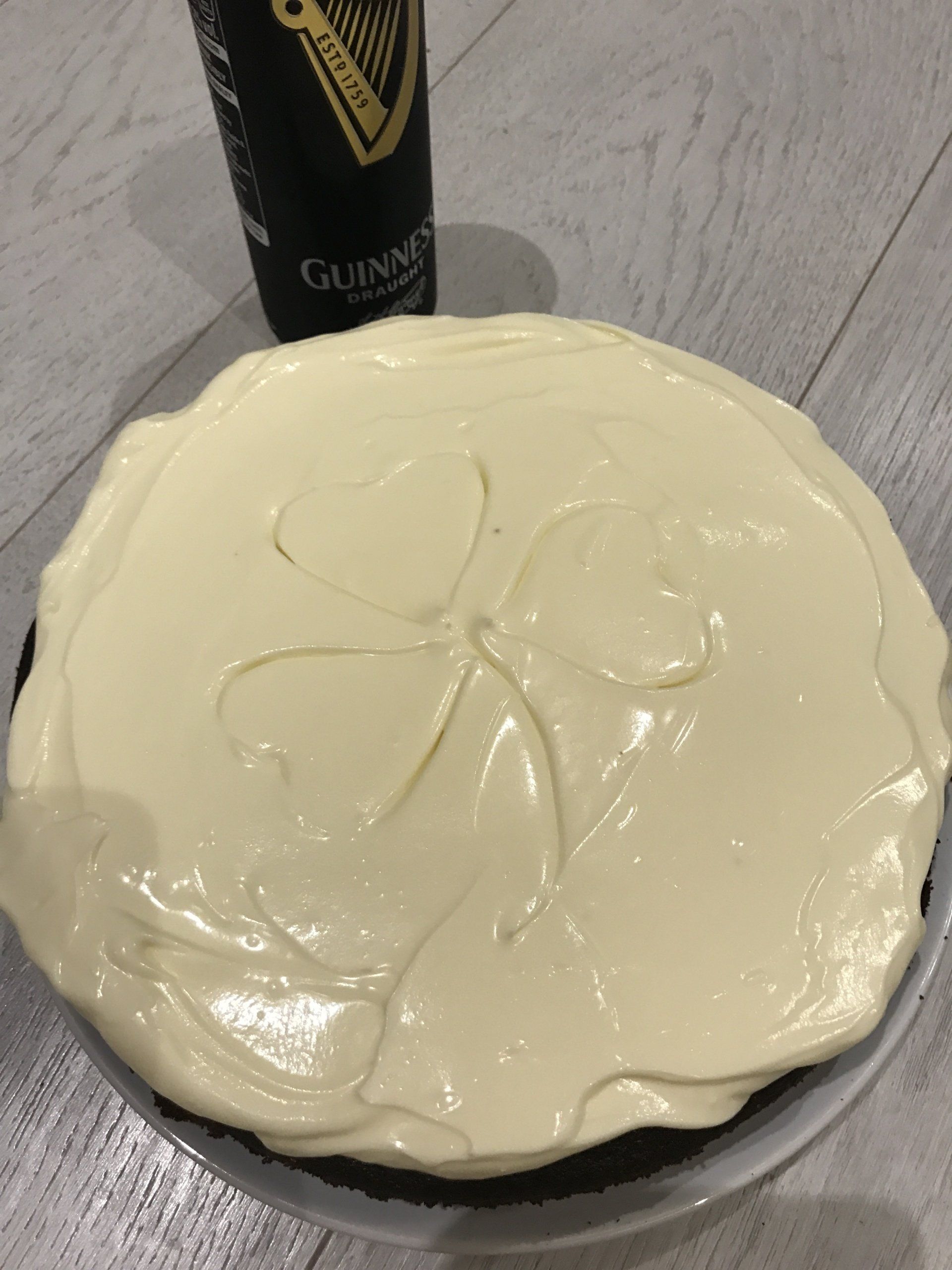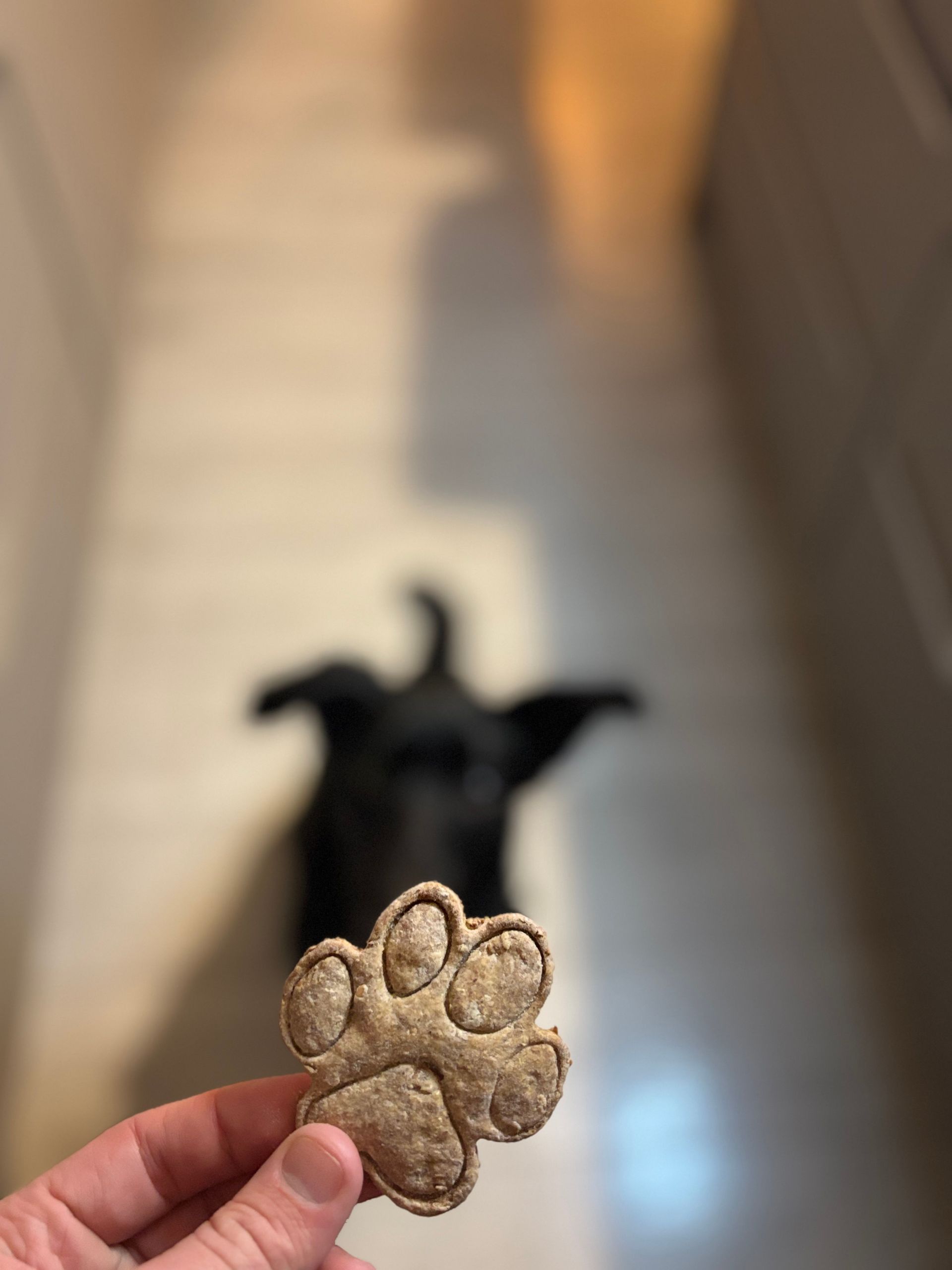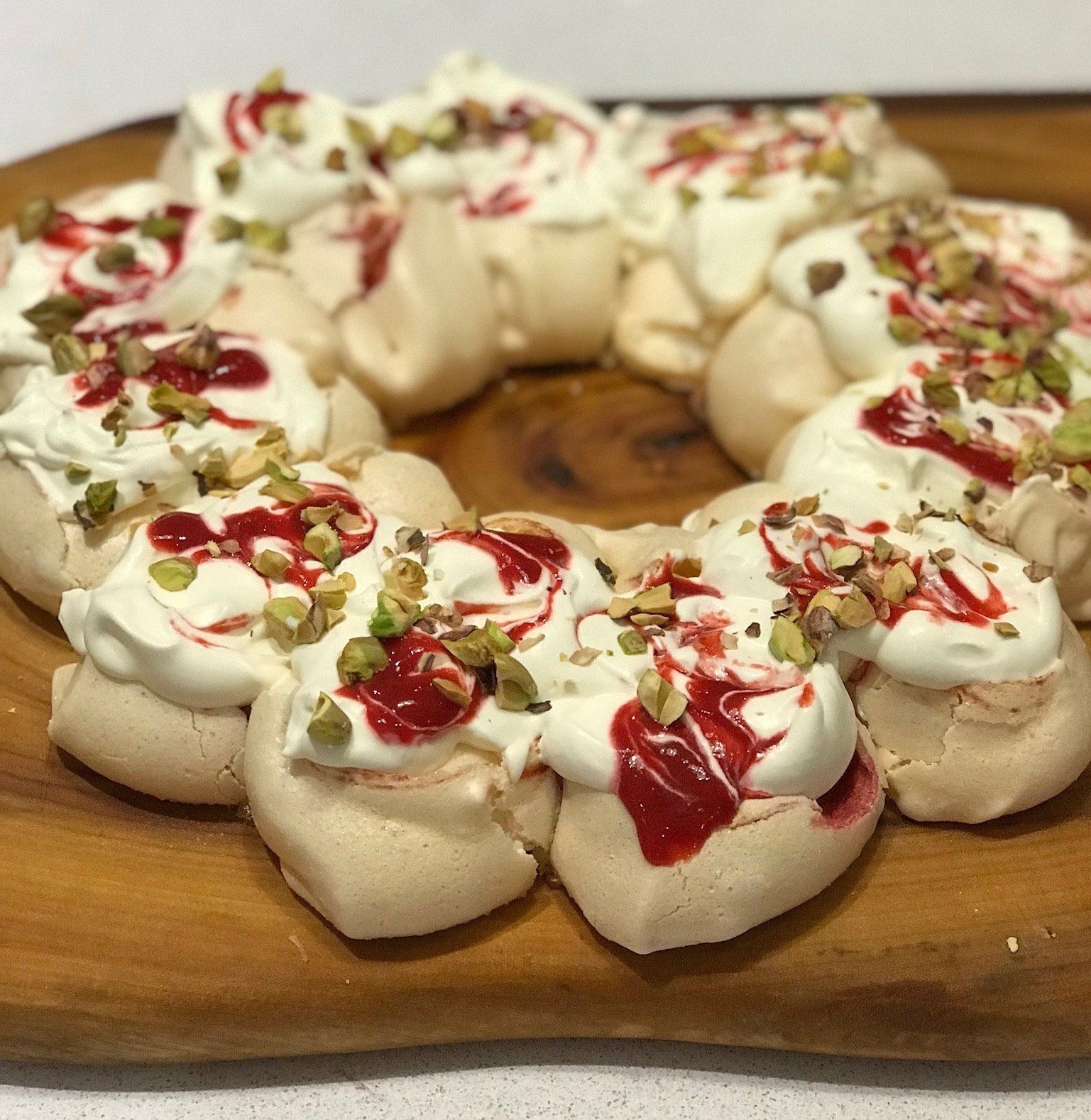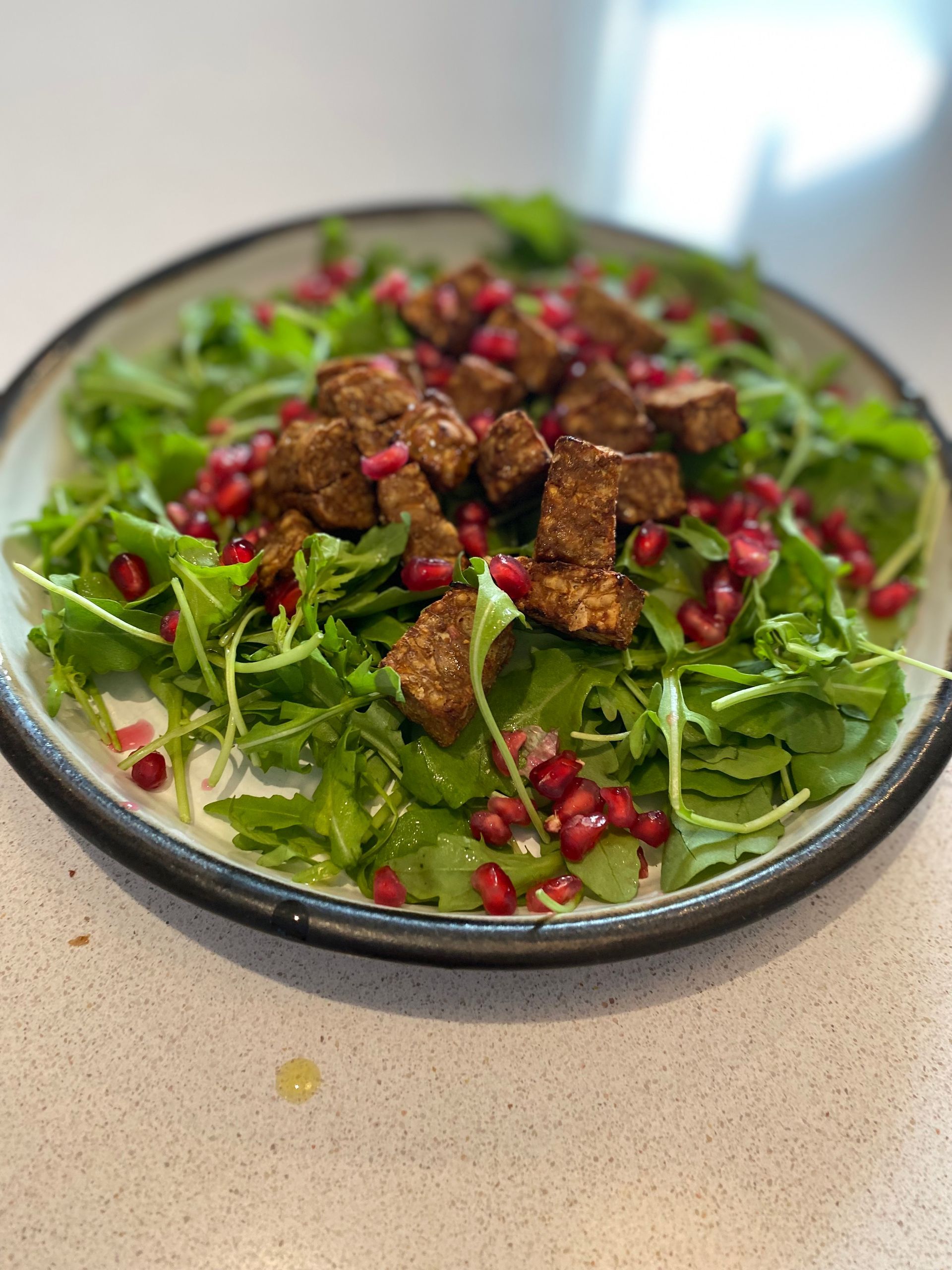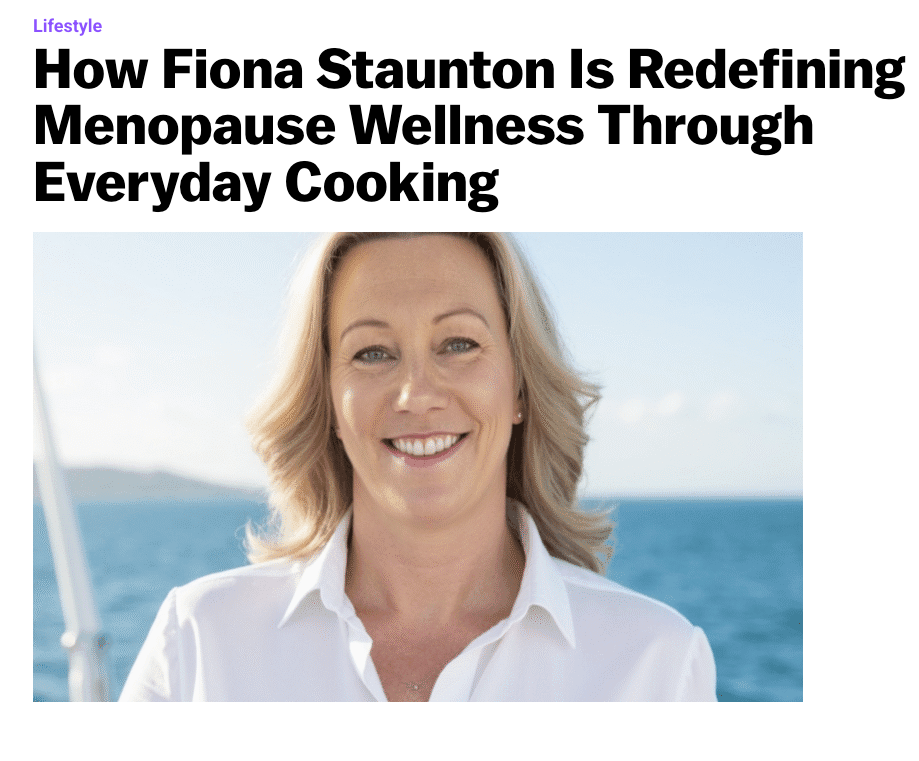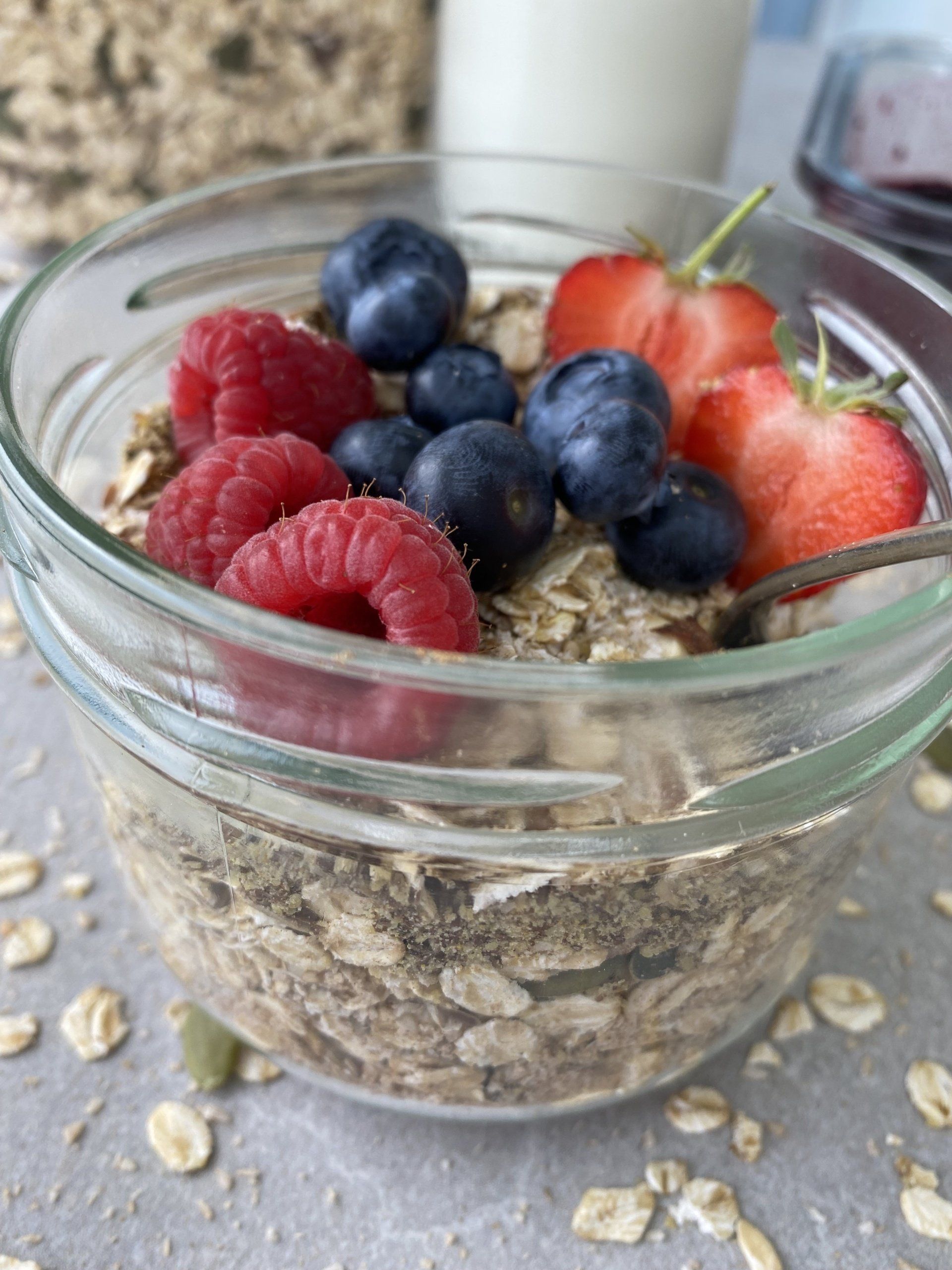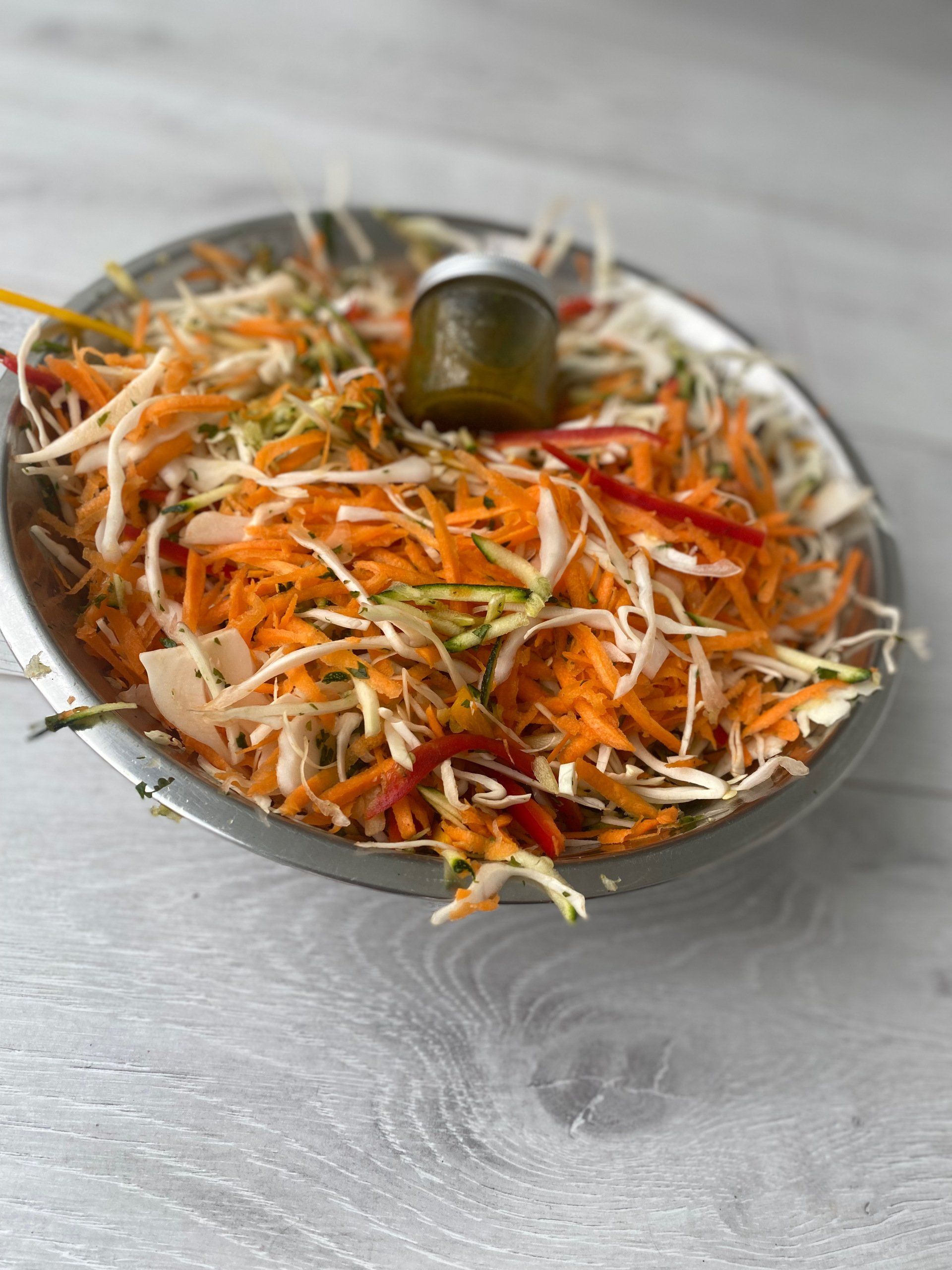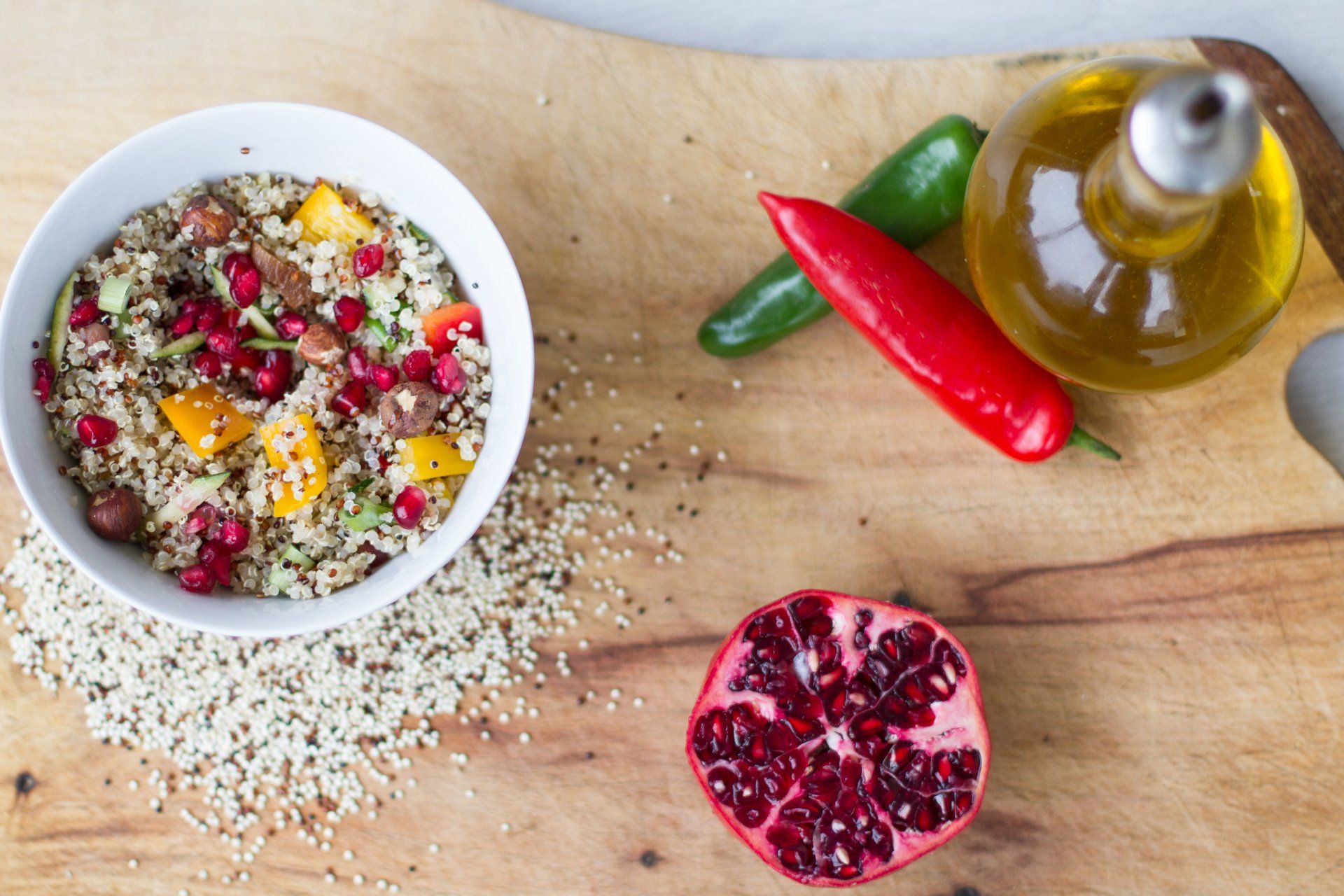This is Irish food
What does Irish food mean to you?
On this St Patrick's weekend, I thought I would share my thoughts with you on Irish food traditions.
I was born in Ireland in the 1970s, into a family that loved their food and always cooked from scratch. From an early age, I had an interest in food and began work experience in kitchens and won many a school baking award. At University I completed an Honours Degree in Home Economics Education and learnt all about Irish food and home-based traditions. After this, I studied at the renowned Ballymaloe Cookery School
in East Cork under Darina Allen, where I qualified top of the class and was asked to work in Ballymaloe House
under the watchful eyes of Rory O’Connell and Myrtle Allen. In Ballymaloe the sourcing of ingredients and the history of food is paramount.
My most memorable St Patricks Day was St Patricks Day 2007! I was asked by the Irish Embassy in Sydney to lead the St Patricks Day with my husband and young son, photo above, before receiving my Australian Citizenship from the Premier of NSW. I would never give up my Irish citizenship but am in the lucky position that I can hold both Australian and Irish citizenships.
One common theme I have come across in my research is that Irish food traditions are passed down from generation to generation. I have learnt to cook lots of dishes from my grandmother and my mother and in turn, I am teaching my children how to cook. In Darina Allen's book "Irish Traditional Cooking" this is a common theme where recipes and traditions have been passed down through the generations. In my cookery school, Fiona's food for life
, I pass on my skills to those who want to learn to cook from scratch. I cook, you eat and you are empowered to nourish yourself. My aim is to get the nation cooking from scratch.
What better way to celebrate than with a cake! Check out my Chocolate Guinness Cake
, not only does it resemble the famous pint but it has some Guinness in it! My whole family love it.
Below, I look into the history and tradition of some Irish foods.
Pork
- Before the famine when potatoes were the main food source, each family could afford to keep a pig and this is where many of our traditional foods come from. The pig could be fed on the potato peelings and surplus crop and the manure could be used in the farm.
The whole pig was used, from the head to the feet, 'crubeens', to the stomach, liver, heart and kidneys. In the days before footballs, the bladder or 'padgin' was pumped up and played with by local children.
The bigs blood, various trimmings and bits of lard were mixed with meal to make into black and white pudding. The intestines were washed out and used for the puddings, the large for the white pudding and the small intestine for the black pudding. The pork steaks and lean meat and some loin were eaten fresh; the remainder was salted down for bacon.
Traditional Irish breakfast with bacon, sausage, black and white pudding is served all over the world in Irish pubs, bacon and cabbage and Dublin coddle are other traditional pork dishes.
Seafood
- Ireland has a large coastline, with fresh seafood and seaweed readily available. After the famine people headed to coastal areas, in search of shellfish and edible seaweeds. The inland waterways were drained of all they could offer, deep-sea fishing wasn't popular as people had pawned their boats and tackle for cash. Fish was traditionally eaten on a Friday, a fast day. Mackerel, herring, whiting, cod, trout, salmon, crab, scallops, lobster, mussels, shrimps, oysters and cockles have been eaten for generations in Ireland. Carageen moss pudding was on the dessert trolley in Ballymaloe House most evenings.
Bread
- Bread-making was an integral part of daily life in almost every Irish home. Oatcakes were cooked on an open fire, then bread was leavened with sourdough and barm made from beer and sowans (fermented juice of oat husks). It was only in the first half of 19th Century that bicarbonate of soda was introduced, enabling cooks to bake the wide range of soda bread for which Ireland is now famous. The traditional skills of bread-making were passed on from mother to daughter and were a great source of pride. Before conventional ovens, bread was often cooked in a bastible, over an open fire. Most of my time in the Ballymaloe House kitchens was in the pastry kitchen, making bread each morning and desserts afterwards. We made brown and white soda bread, brown and white yeast bread, treacle bread and scones on a daily basis.
Potatoes
- It is believed that potatoes were introduced into Ireland by plundered ships of the Spanish Armada. The Irish climate is ideally suited to potato cultivation as it thrives in cool, damp environments. It was less laborious than grain crops and returned greater yields per acre than grain crop. A landless labourer could consume between 3 and 6kg of potatoes per day. The growth in Ireland's population, evident in the 1841 census (population doubled to 8 million in 60 years) was attributed to the improved diet of potatoes and buttermilk. While the diet was bland, it provided an excellent source of protein, fat and carbohydrate, together with vitamins and minerals necessary for health and vigour. Champ is my favourite potato dish, creamy mashed potato with milk, butter and scallions. Colcannon, potato cakes, boxty, chips, roast and steamed are some of the many ways to cook the humble potato.
Happy Cooking
Fiona
